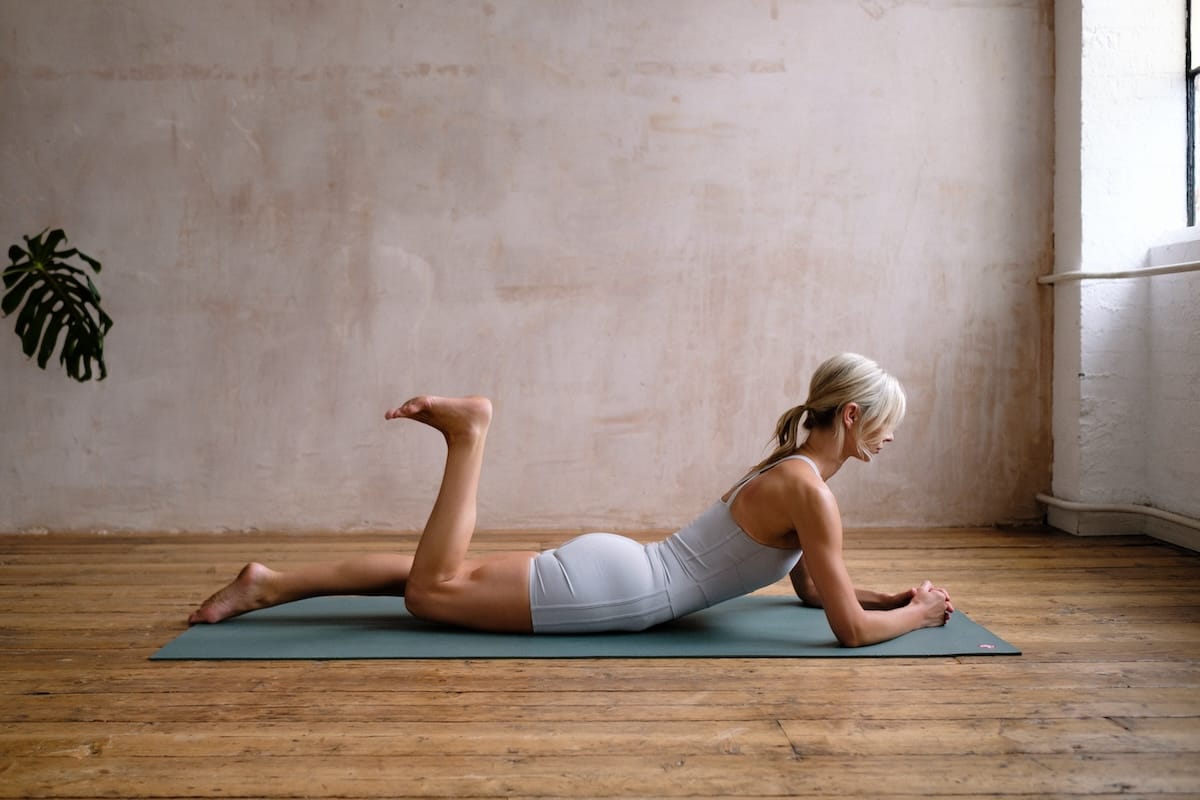Enter the world of Pilates and reap the wellbeing benefits with these invaluable insights
Pilates is definitely a hot topic right now, with PureGym’s global report on the top fitness trends for 2024 citing ‘Wall Pilates’ seeing a staggering 4,461% rise in searches. And, as exciting and tempting as it can be to get stuck in, it can often feel overwhelming starting anything new.
But, rest assured, you don’t need to feel worried, Pilates is generally considered a slower workout with detailed cues, which not only helps you master the practice, but also provides an opportunity to find body awareness through more mindful movement. Most of us could do with a little less cortisol running through our bodies, so as much as the practice can be challenging, you should feel relaxed and grounded afterwards.
Ready to give it a try? Here are five top tips to help you get started.
1. Find the Pilates teacher and class that suits you – and don’t be afraid to switch.
There are many different styles of Pilates these days, so if one class doesn’t suit you, there’s nothing to stop you from trying another. The principles of the practice will still remain, but the style may vary. From classical to contemporary, to reformer and equipment, odds are something will click.
This is also true with choosing your teacher. The right teacher not only instructs, but also motivates and inspires. Pilates can be challenging, and having a supportive instructor can make a significant difference in your motivation levels. A good teacher creates a positive, encouraging environment that makes students feel comfortable pushing their limits and exploring new movements. A skilled teacher will also be able to modify moves to suit you and your body.
2. Master the basics first
Starting with fundamental movements is crucial in Pilates. Focus on learning key principles like proper alignment, engagement from the centre, and breathing properly. Understanding the basics will help you perform exercises more effectively and safely. It’s important to find a certified teacher that you connect with, so you feel comfortable and confident. Ask questions after class, or even take private sessions, to ensure you’re moving in the best way possible.
3. Consistency and commitment are key
Regular practice is essential to gain the full benefits of Pilates, including improved flexibility, posture, muscle tone, and mental wellbeing. Your first class might not be exactly what you thought – maybe it felt too hard, too easy, or too slow, and that is OK. But give it a chance, there’s lots to learn. That being said, you must enjoy any exercise you do to have the motivation to continue and commit. Just because something is popular doesn’t mean you have to do it! So, if you try it out and feel it’s not for you, that’s OK too.

For those who do want to get into a regular Pilates practice, aim to attend classes two to three times per week, and be patient with your progress. As Pilates focuses on the quality of movement rather than quantity, it’s important to concentrate on performing each exercise with precision. Over time, consistent practice will help you develop a stronger, more toned body, and a deeper understanding of your physical capabilities.
4. Don’t compare yourself to others.
It’s tempting to look around the room in any fitness class and see the strongest, most flexible people, but it’s important to consider factors such as metabolism, muscle composition, lifestyle, age, general health – and even how long they’ve been taking classes for. By comparing yourself to others, you might set unrealistic expectations for your own journey, which could dampen your motivation.
Instead, focus on your own goals and what you personally enjoy about exercise, as this is much more beneficial and motivating than measuring yourself against someone else.
Experienced Pilates students may know the names of the exercises and how to perform them, but there is always room to learn and go deeper into the practice. Everyone will be on their own journey, and generally Pilates classes are extremely welcoming with a diverse group of people all progressing at their own pace. Working to your own individual needs and goals is encouraged, as it enhances self-awareness and your mind-body connection.
5. Listen to your body
Pilates is designed to work with your body’s capabilities, so it’s important to listen to its cues and avoid pushing into pain. If you feel any discomfort beyond typical muscle fatigue, adjust your posture, scale back the intensity, or speak to your instructor for modifications.
Awareness of your body’s limits and strengths is key in Pilates. This awareness helps prevent injuries, and ensures a positive and productive workout experience. As you become more attuned to your body’s needs, you’ll be able to tailor Pilates workouts to better suit your fitness goals.
Simply carving out time for exercise that lowers your stress levels yet invigorates your body will have multiple benefits for your day-to-day habits. Whether it’s feeling calmer, or stronger and more capable in everyday tasks, consistent Pilates can help get you there. With modifications to suit everybody, no matter what season of life you’re in, it’s a practice to last a lifetime. So why not start now?


Comments